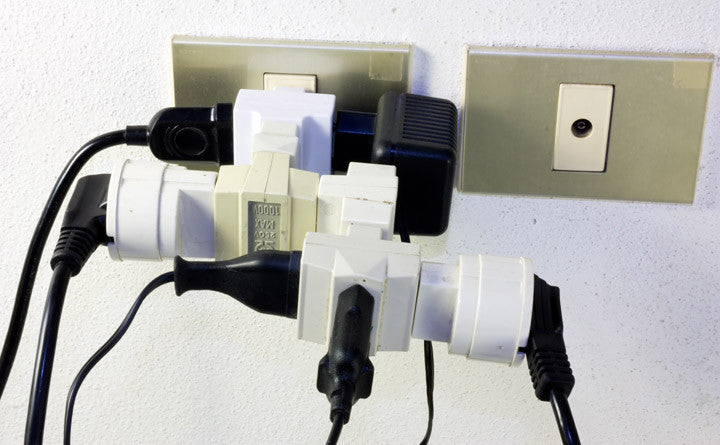If you live in an older home, you may have a fuse box instead of a circuit breaker box. The fuse box may be installed outside of the home in a garage, or if it’s inside your home, it may be in the basement. One important thing to note before we get into determining whether or not you have a blown fuse is to mention that if you have a fuse box in an area that floods regularly, it may be a smart idea to get it moved to another area of the home.
Many people realize they have a blown fuse when electricity shuts off in whatever room they are in, but not in other areas of your home.
After you have located your fuse box, use a flashlight to inspect each of the fuses. A blown fuse will have a broken metal line or cloudy appearance in its glass top. After you have located the fuse, be sure power is off to the entire house by pulling out the main fuse block. You will need to replace the blown fuse with a new one that is the same amperage. Also, be sure that you are replacing the fuse with the proper burning type. Some have slower burning types, and they will be marked with a “P” or “D.” It’s a smart idea to buy a variety of fuses so you have them on hand should one blow in the future.
After replacing the fuse, put the main fuse block back in place. Go back to the room where you experienced the problem and make sure that electricity has been restored. If it hasn’t, it might be time to call an electrician to take a look at the problem.


